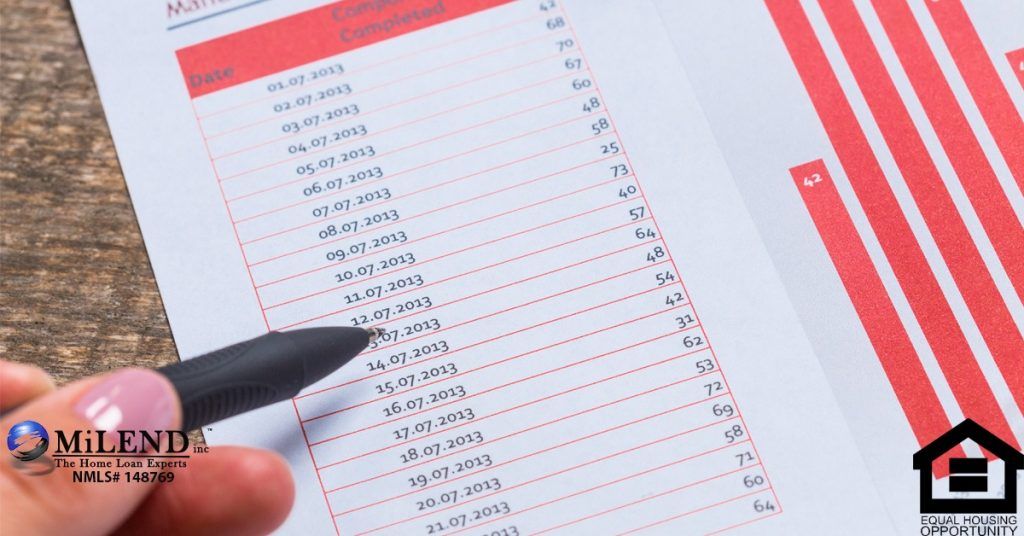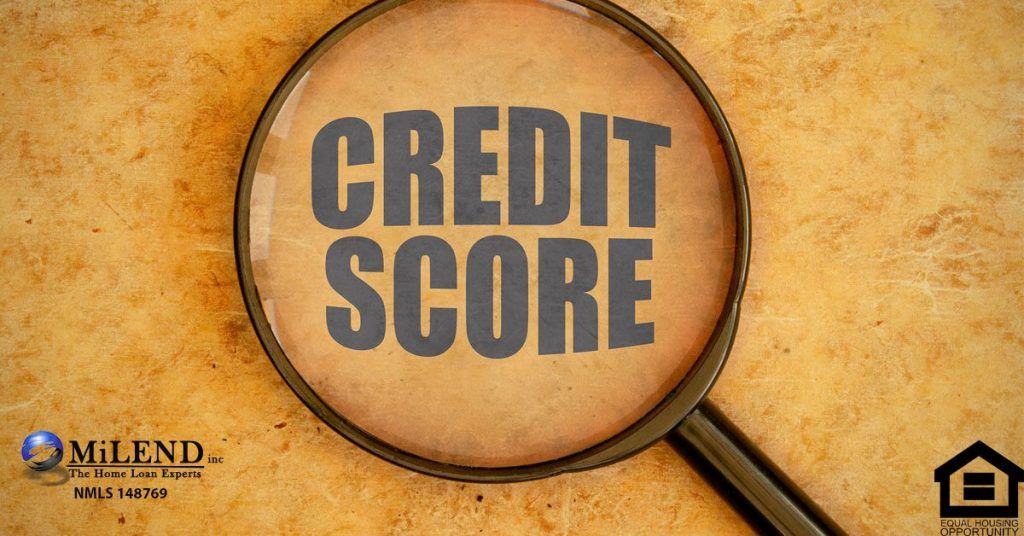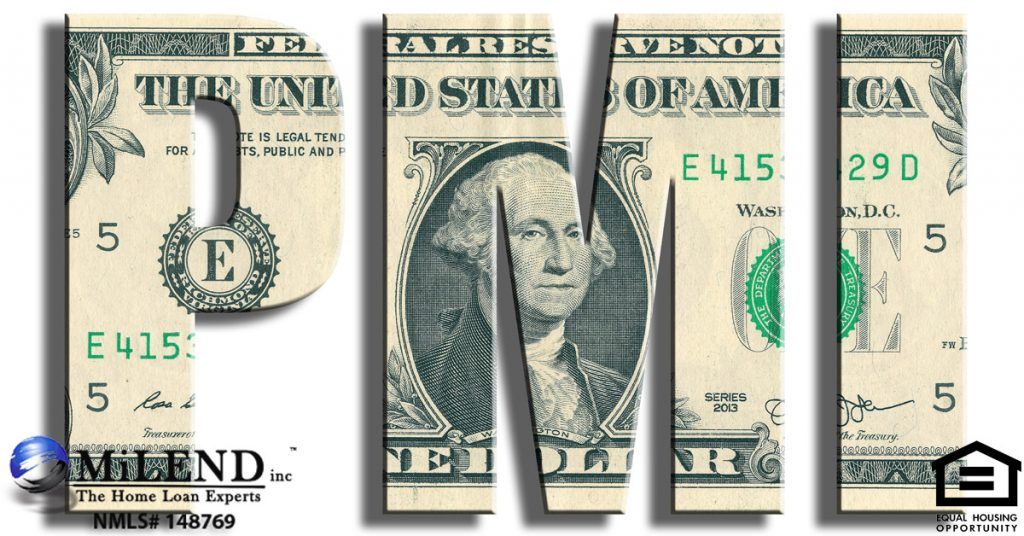Bank Statements: The Lender’s Window to Your Wallet
Your bank statements, like your credit report, are a window to your finances and your life. They are so much more than showing a lender your assets.
Lenders are looking for things like checks that have been returned for insufficient funds. If they discover these, they will want to get to the bottom of what happened. Was it caused by a bad check written to you? Was it mismanagement of your own finances? How did this happen? How often does this happen? What will keep it from happening in the future, if they loan you money for your new home?
Other red flags lenders watch for include large, non-payroll deposits that seem to have no source. Was it the proceeds from the dining room set at the garage sale last month? Was it a reimbursement check for the office supplies you recently purchased? You may be asked to write a letter of explanation for items like these during the mortgage process.
If the deposit is a gift from someone for your home purchase, and that person is an eligible donor, the lender may ask for a signed gift letter. This must state that the deposit is for the purchase of the home and that there is no expectation of repayment on your part. The lender may also ask for proof from the donor of his or her ability to give you this money. The donor must verify that it came from a legitimate source, such as a bank account, where it has been for several months.
Why does the lender need such detail? It’s because there is a good chance that your loan will be sold to investors, perhaps multiple times. Investors will take a peek through the lender’s financial window, and your lender wants them to like what they see.
Contact MiLEND today and see what all their loyal, satisfied customers have been saying all along. When you combine their level of world class customer service with the benefit of saving money, it becomes clear that MiLEND is the premier lender to use for all your loan and mortgage needs!

Your Ultimate Winter Home Preparation Guide
Read more...












